Iran’s World Heritage Sites – Part 1
Heritage is our legacy from the past, what we live with today, and what we pass on to future generations.
World Heritage sites belong to all the peoples of the world, irrespective of the territory on which they are
located. Currently Iran has ten official heritage sites and over fifty more sites on a tentative list for
review. These are places (both natural and man made) that have been deemed to be culturally significant
as part of our human heritage.
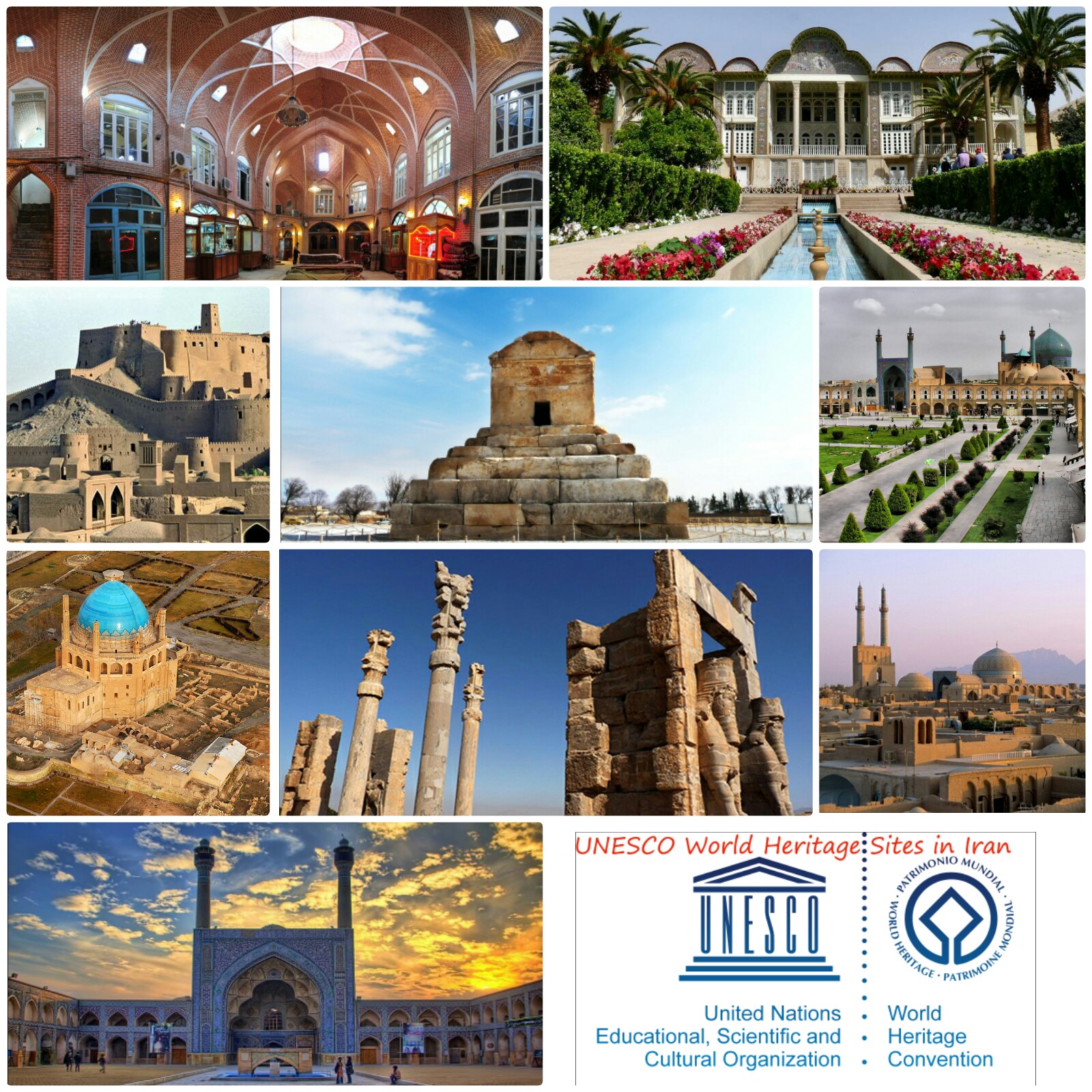
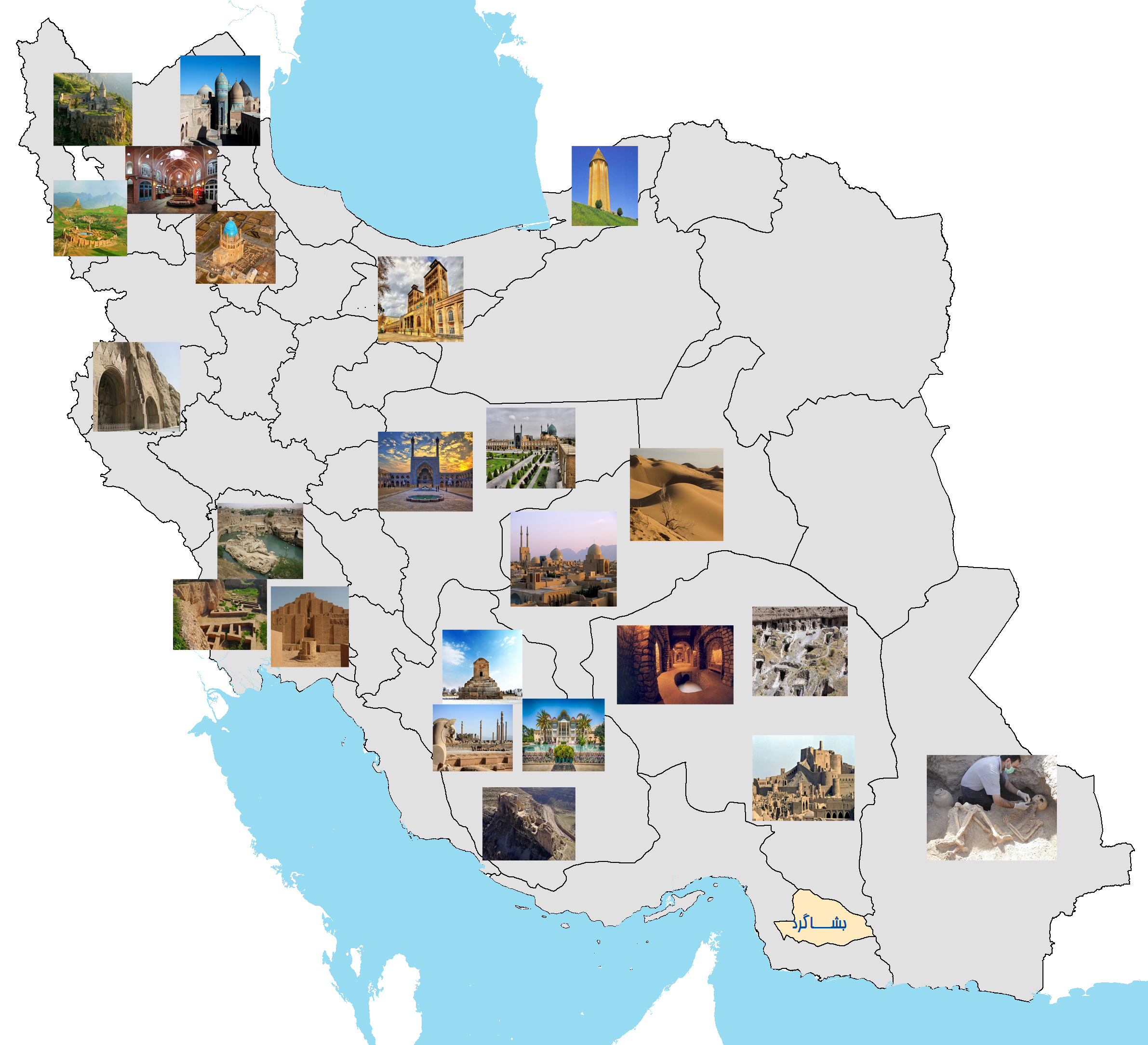
1- Armenian Monastic Ensembles of Iran
The Armenian Monastic Ensembles of Iran, in the north-west of the country, consists of three monastic
ensembles of the Armenian Christian faith: St Thaddeus and St Stepanos and the Chapel of Dzordzor.
These edifices – the oldest of which, St Thaddeus, dates back to the 7th century – are examples of
outstanding universal value of the Armenian architectural and decorative traditions. They bear
testimony to very important interchanges with the other regional cultures, in particular the Byzantine,
Orthodox and Persian. Situated on the south-eastern fringe of the main zone of the Armenian cultural
space, the monasteries constituted a major centre for the dissemination of that culture in the region.
They are the last regional remains of this culture that are still in a satisfactory state of integrity and
authenticity. Furthermore, as places of pilgrimage, the monastic ensembles are living witnesses of
Armenian religious traditions through the centuries.
2- Bam and its Cultural Landscape
This ancient desert city of the southern Kerman province was registered with UNESCO in 2004.
An overview of Bam immediately gives visitors the impression of being in a life-sized sand
castle. The most recognized monument, Arg-e Bam, dates back over 2,000 years to the Parthian
Empire. This citadel was build out of khesht (sun-dried mud bricks) in the 6th to 4th centuries
B.C. and served as the governor’s quarters. Reconstruction of this landmark began after a
devastating earthquake nearly flattened this mud brick city, killing over 26,000 people in 2003.
Dates, a particularly special export of Bam, flourish especially well thanks to the vast system of
qanats (an ancient underground water system) still used today.
3- Bisotun
The area of Bisotun is one of the national monuments of Iran, and since 2006 it has been
registered as one of the Iran’s monuments on the UNESCO world heritage.
The Bisotun inscription is built at a height of several dozen yards from the ground and on a
slope south of Mount Pravo. Other remained monuments are a staircase in the upper part of
Bisotun Mountain, which is believed to have been used by stone makers to reach the site, and
after finishing the work, stained the stairs for inaccessibility of the cut. The Bisotun inscription
has been created on lime stones, which is based on the effects of brown enamel, which, after
mixing with oxidized lime, as well as lead residues found in the first few lines of the work, seems
to end up improving the longevity of the monument the whole facade is covered with unknown
material.
4- Cultural Landscape of Maymand
Meymand (also spelt Maymand and Meimand) is a village of troglodytes – cave dwellers – located in the
south-eastern Iranian province of Kerman. Meymand (Maymand, Maimand) village has been
continuously inhabited for 2,000 to 3,000 years making it one of Iran’s four oldest surviving villages.
Some claim that Meymand / Maymand village has been inhabited for 12,000 years, that is, since the
“middle stone ages”, making it a Mesolithic village. Reportedly, 10,000 year old stone engravings and
6,000 year-old pottery have been discovered at the site.
The village is a UNESCO world heritage site and was awarded UNESCO’s 2005 Melina Mercouri prize.
Meymand village is located some 35 kilometres northeast of the town of Babak – Shahr-e Babak, a
Kermani town on the road that runs between Tehran in the north and the port of Bandar Abbas in the
south. Shahr-e Babak means Babak’s city and Shahr-e Babak is said to be the birthplace of the founder of
the Persian Sassanian dynasty c.200 CE The road from Shahr-e Babak rises into the surrounding
mountains until it reaches Meymand at an elevation of 2240 metres.
5- Golestan Palace
Golestan Palace stands on the site of the historic Arg (citadel) of Tehran which was originally built in the
time of Shah Abbas (r. 1588-1629) of the Safavid dynasty.
The Arg became the official royal residence when Agha Mohammad Khan Qajar moved the capital of
Iran to Tehran and further palace buildings were constructed during the reign of Karim Khan Zand (r.
1750-1779). Buildings commissioned by Naser Al-din Shah (r. 1848-1896), such as the Shams-ol-
Emaneh (“Edifice of the Sun”) and the Emarat-e Badgir (“Building of the Wind Towers”) show traces of
a European architectural style and building technology that the modernising king was influenced by on
his travels.
Golestan Palace became the official residence and seat of government of the Qajar court, a time when
foreign dignitaries were invited to Golestan and compared its artistry to the royal buildings of Europe.
The palace was rebuilt in 1865 by architect Haji Ab ol Hasan Mimar Navai on the orders of Naser Al-din
Shah and most of the buildings we see today date from that period.
6- Historic City of Yazd
Yazd city was also known as Yezd which is the capital of Yazd Province, Iran.
It is located 270 km southeast of Isfahan and has an estimated population of 486,152 based on 2011 Census.
Yazd city is the driest major city in Iran, getting an average rainfall of only 60 millimetres (2.4 in) per
year. It is also the hottest north of the Persian Gulf coast and during the summer season temperatures
frequently rise above 40 °C (104 °F)
During the winter season in Yazd, Iran, the days remain mild and sunny, but in the morning the
temperature gets very cold and can sometimes fall well below 0 °C (32 °F).
7- Masjed-e Jāmé of Isfahan
Entering the Jameh Mosque of Isfahan is plunging yourself into the very depths of Iranian history,
religion and art. The mosque is the fruit of over 1200 years of continual construction, redecoration and
reinterpretation that takes the visitor from the time of the Seljuqs and the Mongols to the Timurids and
the Safavids. The mosque is not only one of the oldest still-standing mosques of Iran and the wider
Islamic world, but it is also the largest functioning mosque in Iran.
However, the Jameh mosque occupies much deeper significant space in the hearts and imagination of
Iranians. This meaning goes beyond Shiism and Islam itself, but instead envelops a cognitive and
historical panorama of the very identity of Iranians. One could argue that its layers of meaning can be
compared to the trans-historical and trans-religious meaning of the Hagia Sofia in Istanbul. Religiosity,
which stands at the very center of modern Iranian history, finds its reflection in the seemingly all-
compassing sacredness of this mosque. It is believed that it already functioned as a Zoroastrian meeting
place in the time of the Sassanids. Indeed, before the coming of the Safavids and thus before the
widespread conversion to Shiism, the blueprint of the Jameh Mosque was already laid.
8- Meidan Emam, Esfahan
Naghsh-e Jahan Square (Design of the world) officially known as Imam Square, situated at the center of
Isfahan city, Iran. It is an important historical site and one of UNESCO’s World Heritage Sites. The
square is surrounded by buildings from the Safavid era.
The Imam Mosque is situated on the south side of this square. On the west side you can find Ali Qapu
Palace. Sheikh Lotf Allah Mosque is situated on the eastern side of this square and the northern side
opens into the Isfahan Grand Bazaar. Today, Namaaz-e Jom’eh (the Muslim Friday prayer) is held in
this square in front of the Imam Mosque.
It was Shah Abbas the Great who made Isfahan his capital and then decreed that the square should be
extended to its present size, and lovely buildings set around it. The length of this great square, which is
actually rectangular, is 500 meters from north to south, and its width about 150 meters from east to
west. It was laid out and beautified in the reign of Shah Abbas the Great, at the beginning of the
seventeenth century.
9- Pasargadae
Pasargadae, Persian Pāsārgād, first dynastic capital of the Persian Achaemenian dynasty,
situated on a plain northeast of Persepolis in southwestern Iran. According to tradition, Cyrus II
(the Great; reigned 559–c. 529 bce) chose the site because it lay near the scene of his victory
over Astyages the Mede (550). The name of the city may have been derived from that of the
chief Persian tribe, the Pasargadae, although it is possible that the original form of the name
was Parsagadeh (“Throne of Pars”). In 2004 the ruins were designated a UNESCO World
10- Persepolis
Persepolis, Old Persian Parsa, modern Takht-e Jamshīd or Takht-i Jamshīd (Persian:
“Throne of Jamshīd,” Jamshīd being a character in Persian mythology), an ancient
capital of the kings of the Achaemenian dynasty of Iran (Persia), located about 30 miles (50 km)
northeast of Shīrāz in the Fars region of southwestern Iran. The site lies near the confluence of
the Pulvār (Sīvand) and Kor rivers. In 1979 the ruins were designated a UNESCO World
Heritage site.
11- Shahr-i Sokhta
It is associated with the Jiroft culture, an “independent Bronze Age civilization with its own architecture
and language”, intermediate between Elam to the west and the Indus Valley Civilization to the east.
Covering an area of 151 hectares, Shahr-i Sokhta was one of the world’s largest cities at the dawn of the
urban era. In the western part of the site is a vast graveyard. It contains between 25,000 to 40,000
ancient graves
The settlement appeared around 3200 BC. The city had four stages of civilization and was burnt down
three times before being abandoned in 2100 BC. The site was discovered and investigated by Aurel Stein
in the early 1900s.
12- Sheikh Safi al-din Khānegāh and Shrine Ensemble
The Sheikh Safi al-din Khānegāh and Shrine Ensemble in Ardabil was Built at the beginning of
the 16th century, however it was reconstructed at the end of the 18th century. It is mainly
constructed based on Islamic architecture and consists different sections regarding to Iran’s
culture: A mosque, a big main library, a hospital, a school, mausoleum and so on.
After Islam came Iran till Moghol invasion, Ardebil was the largest city in North- Western Iran.
At this period the town shattered for three centuries until the advent of the Safavid Dynasty, of
which Sheikh Safi al-Din (1252-1334) is the eponym. Sheikh Safi al-Din followed Sheikh Zāhed
e-Gilāni but after his death established his own place and developed his own way. So He
founded a khānegāh in Ardabil, which was later became his shrine.
Shah Ismail, Sheikh Safi al-Din’s successor as Sufi leader of the khanegah, became the first shah
of the Safavid Dynasty and declared the khanegah as the state religion. The Safavids dynasty
spared no expense in enriching and decorating the structure of the shrine of their ancestor with
many works of art. The shrine became a focus for pilgrims from around the world and a
religious ensemble containing outstanding works of art, ornamentation, and archaeology from
the 14th to the 18th centuries

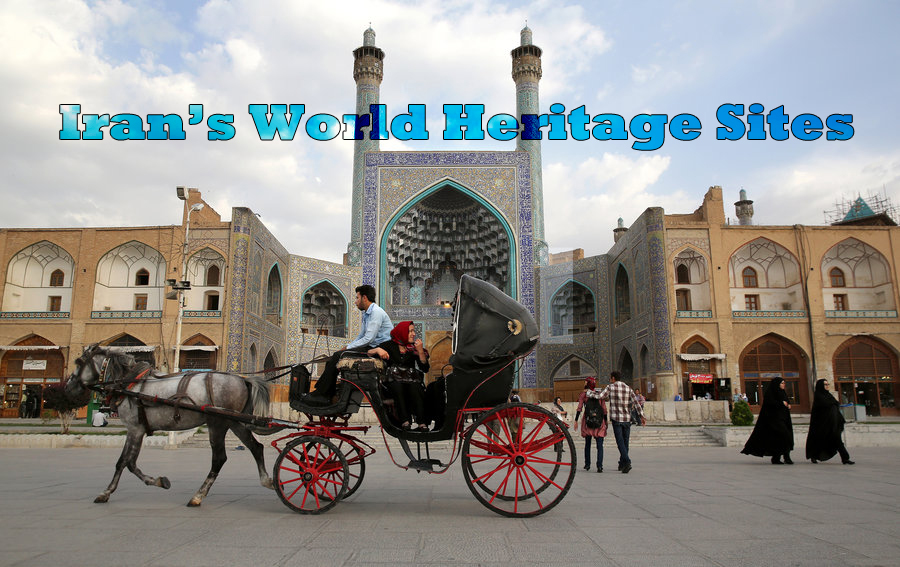
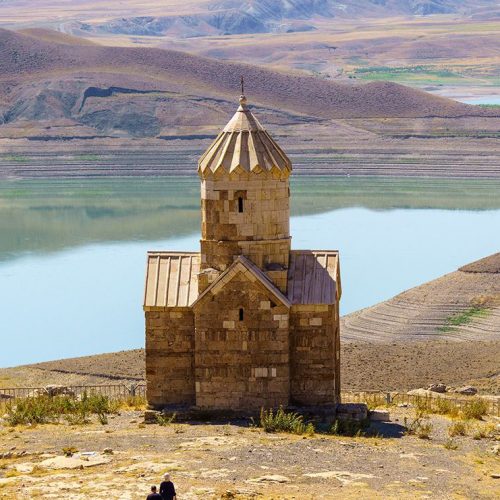
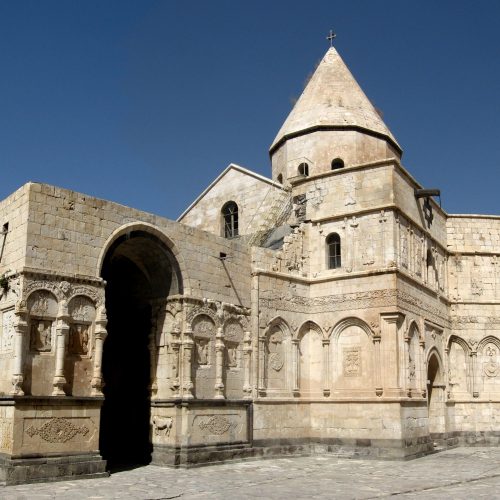
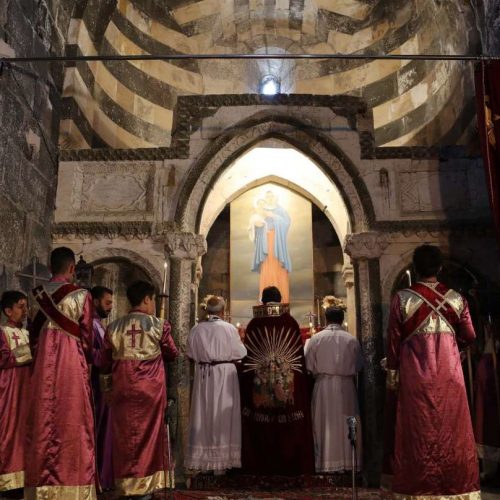
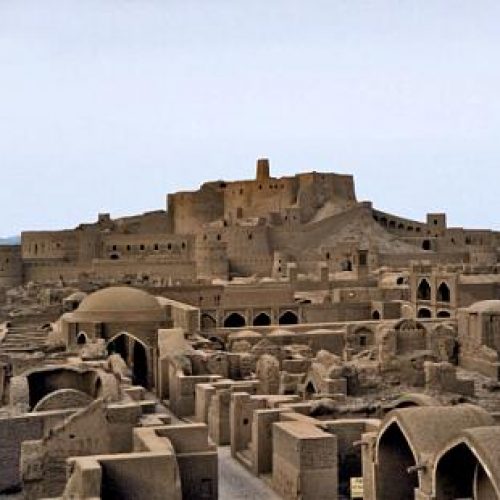
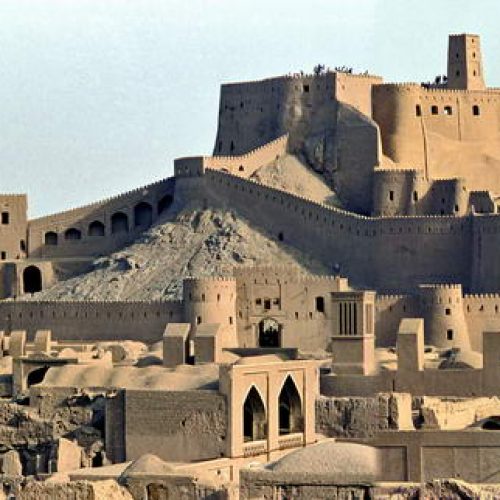
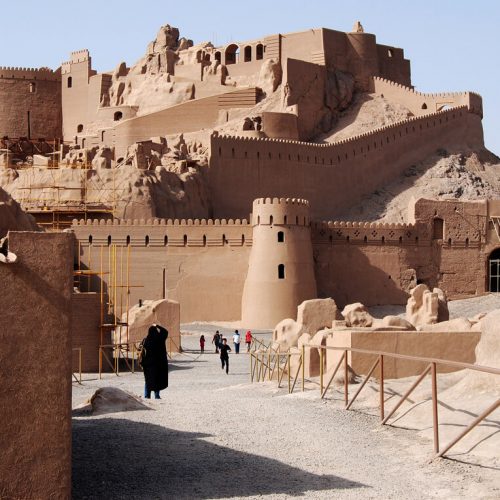
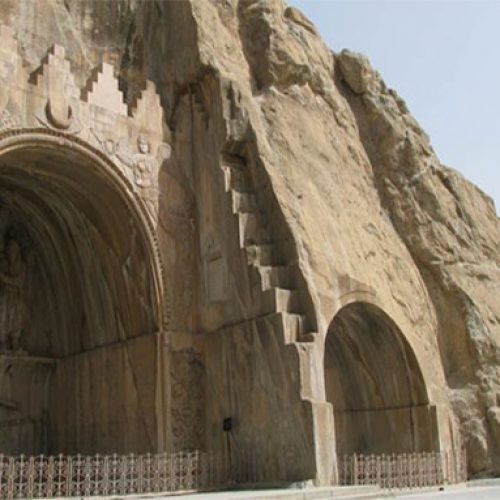
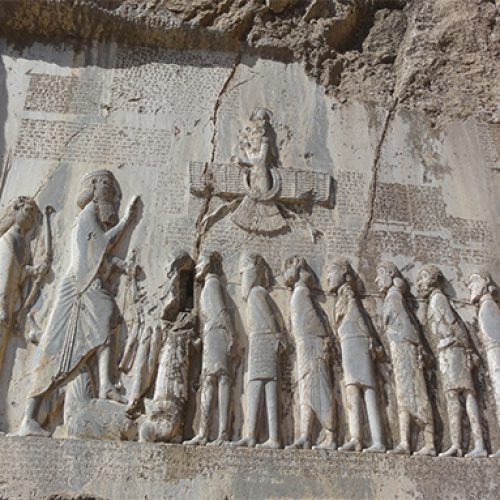

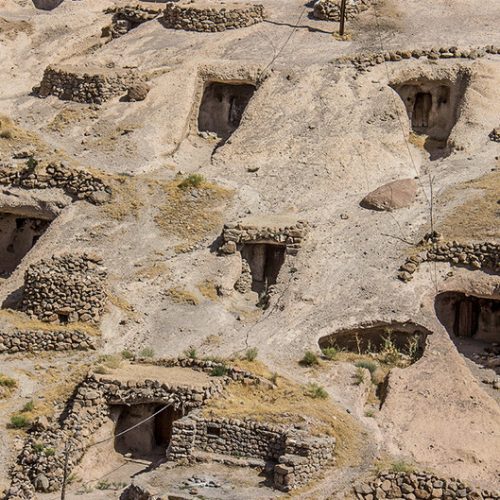

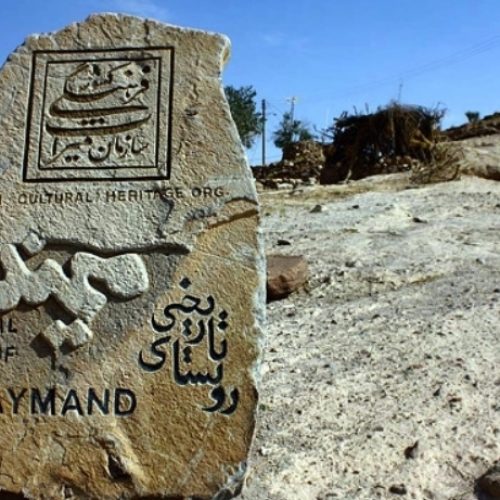
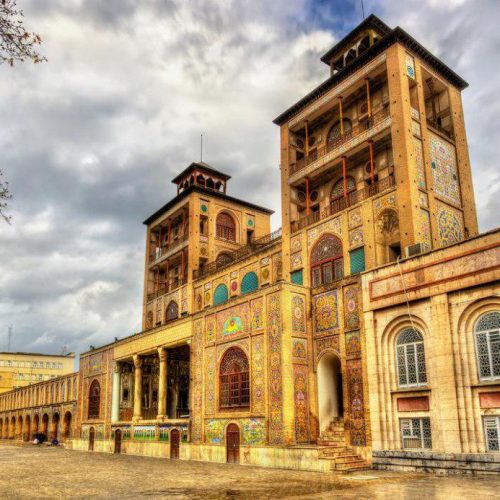
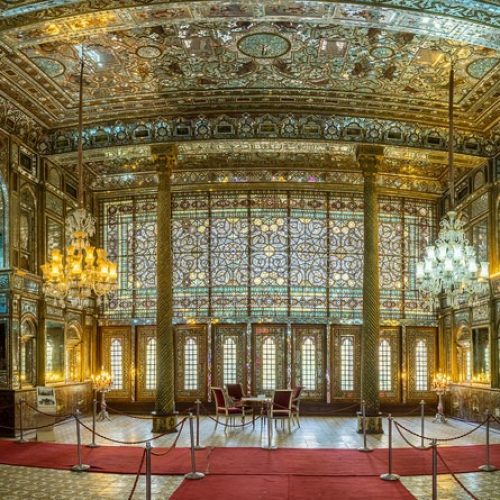
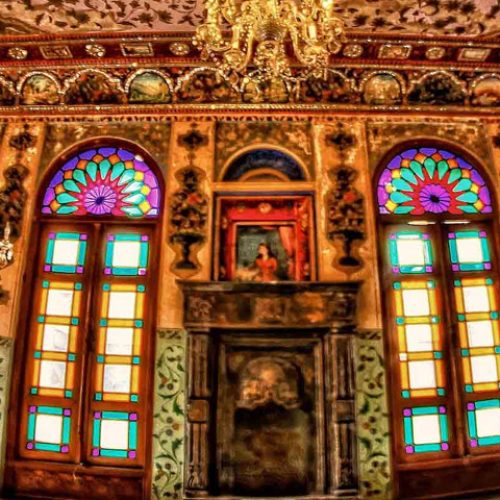
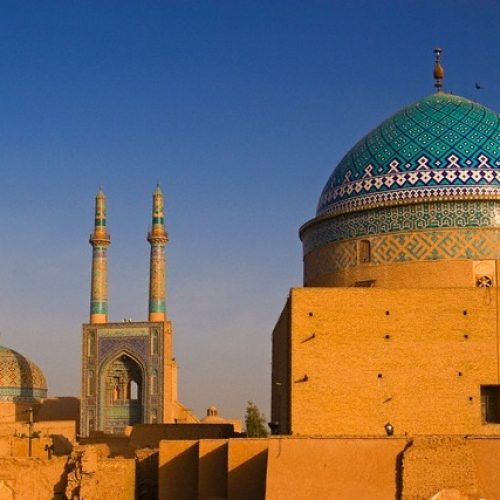
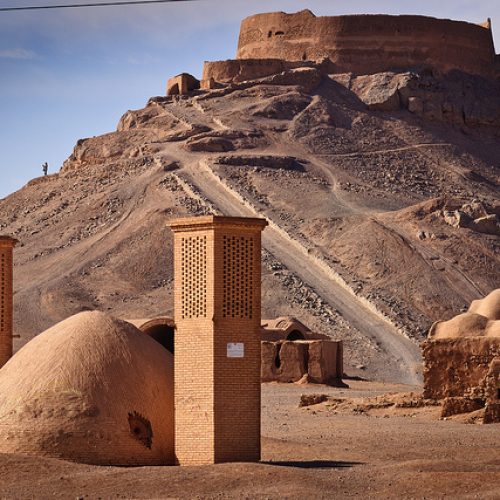
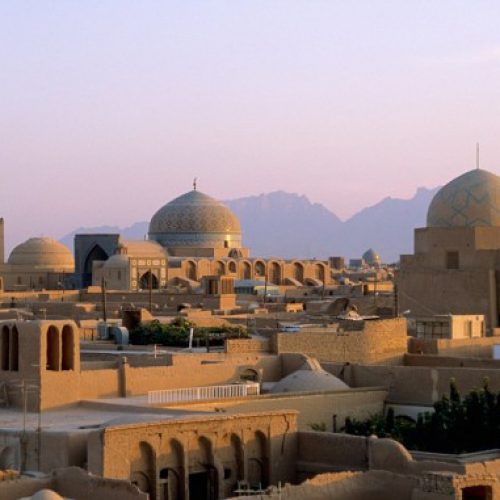



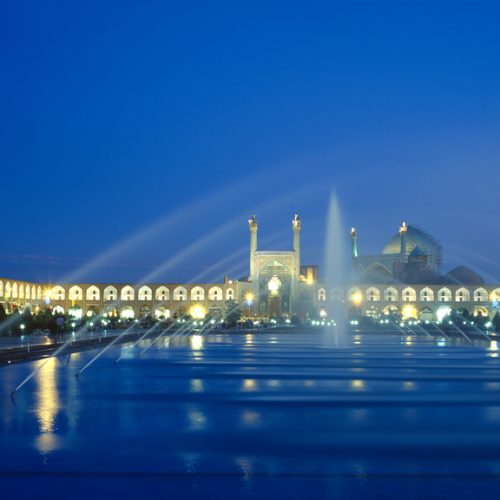
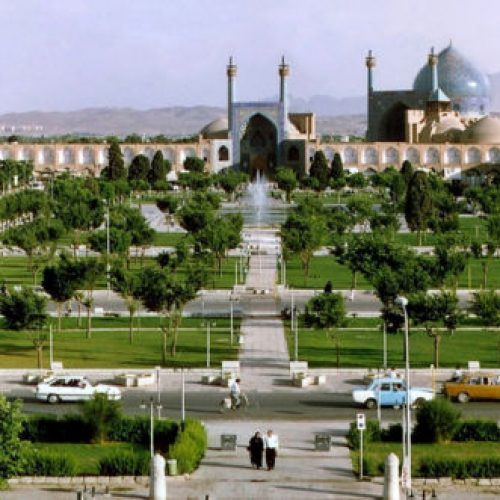
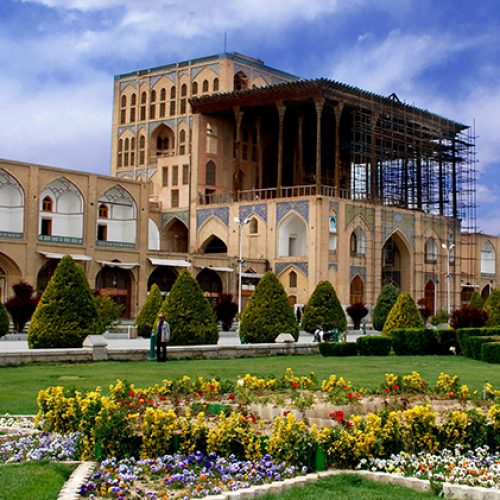
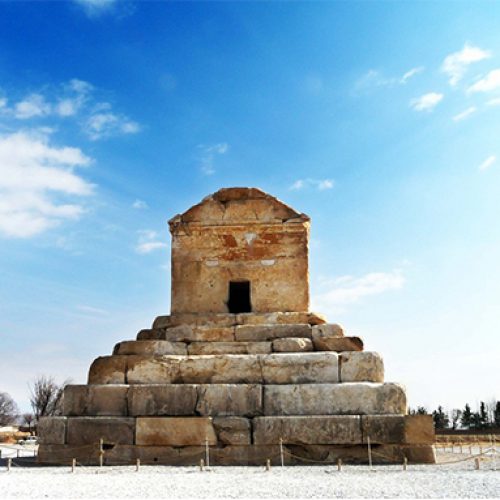
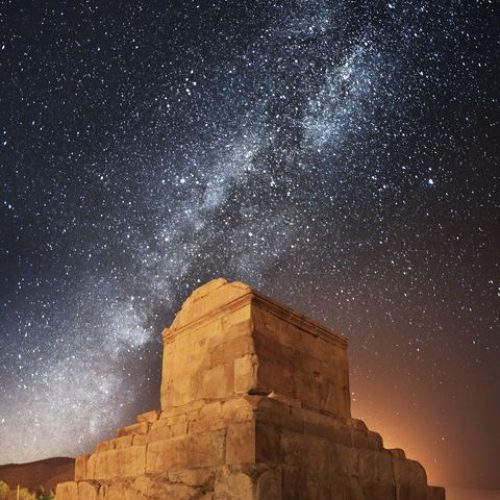
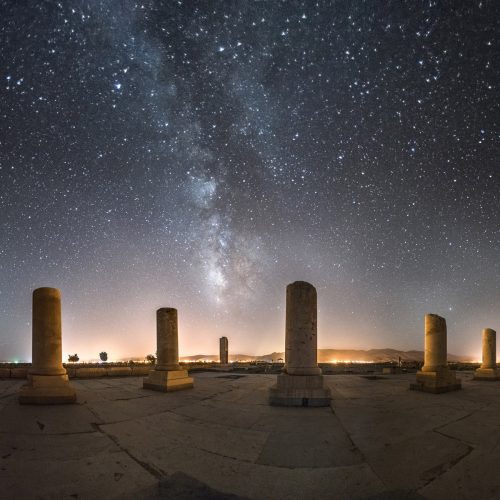
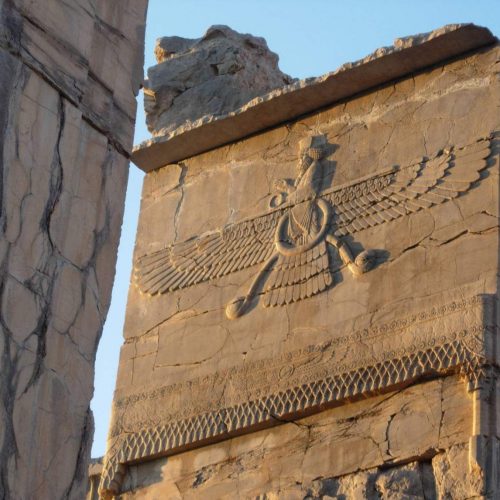
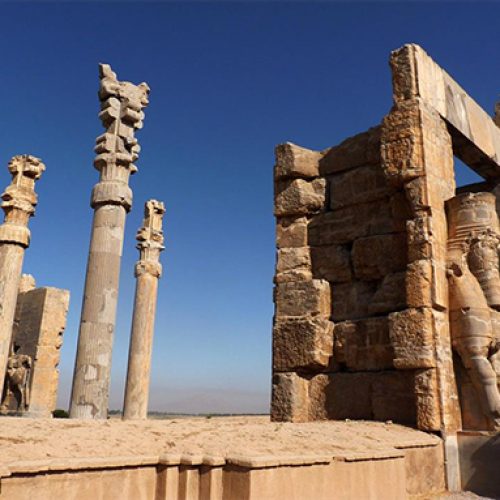
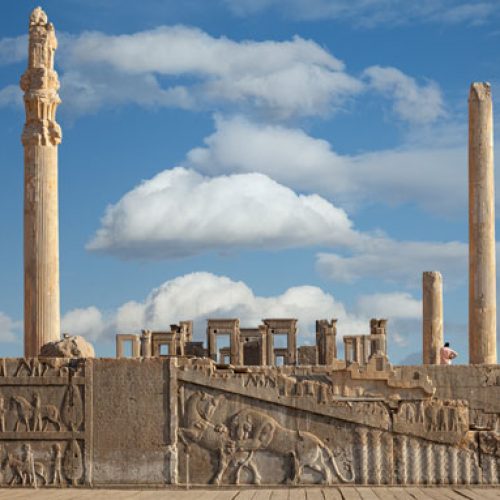

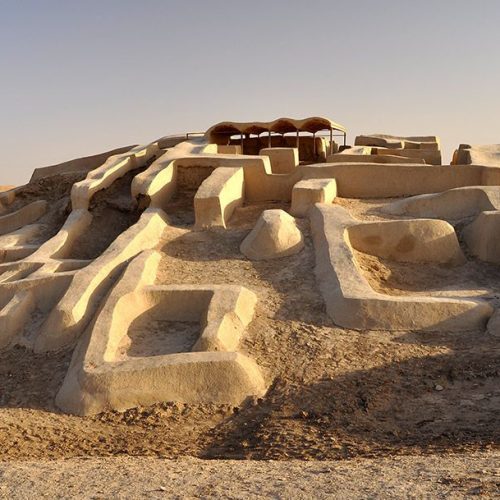
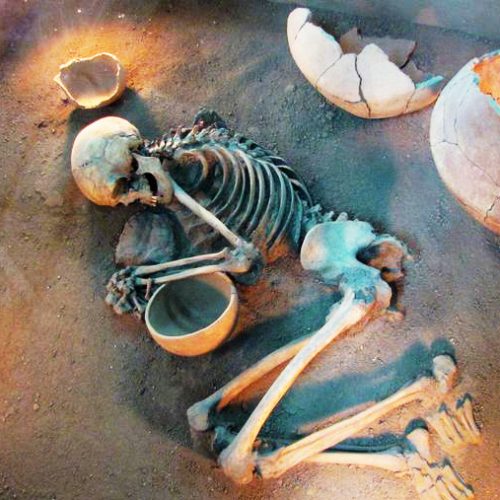
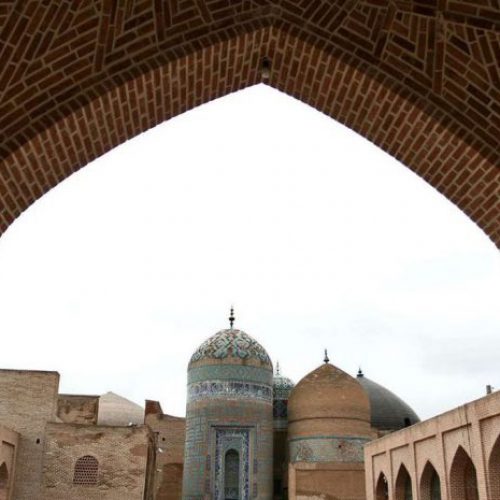
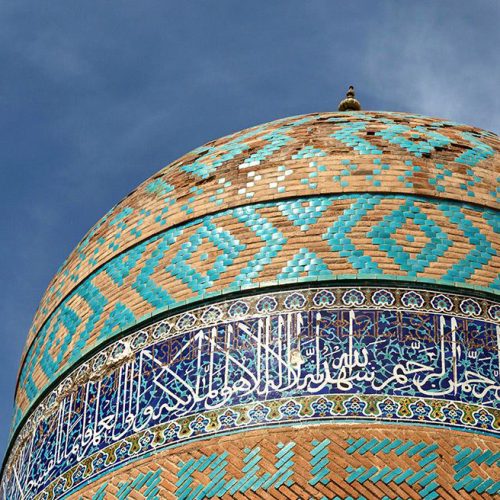
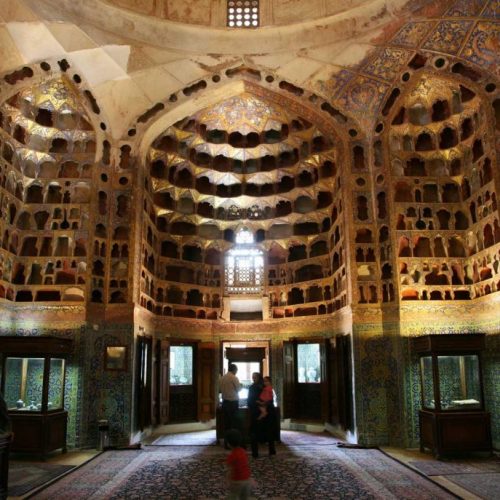
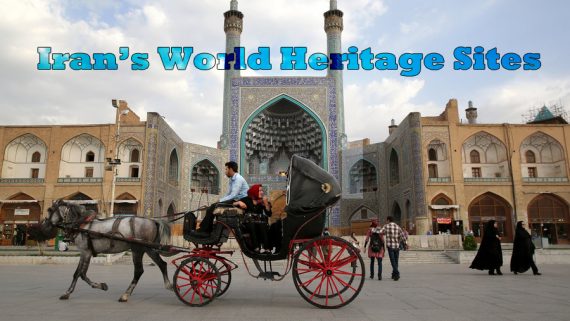

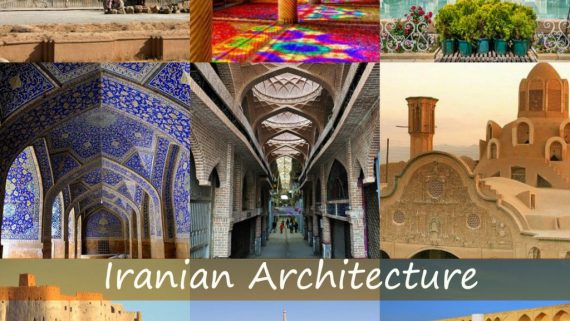

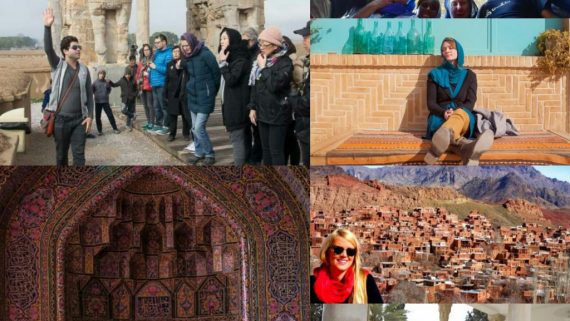
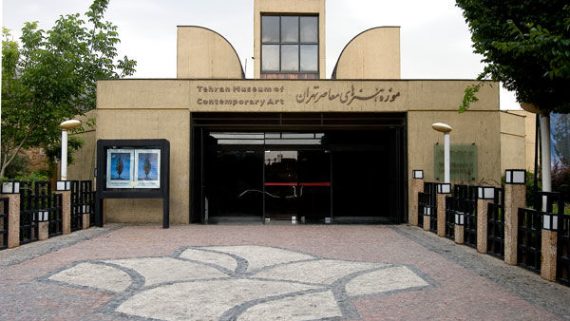
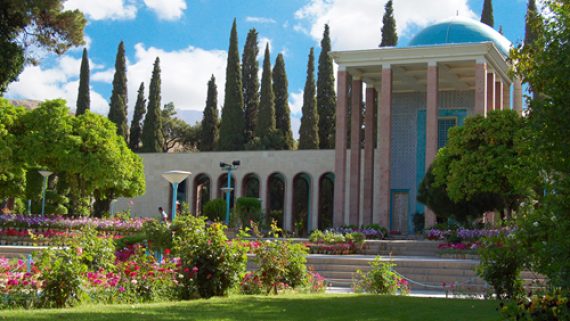

Comments
No comment yet.